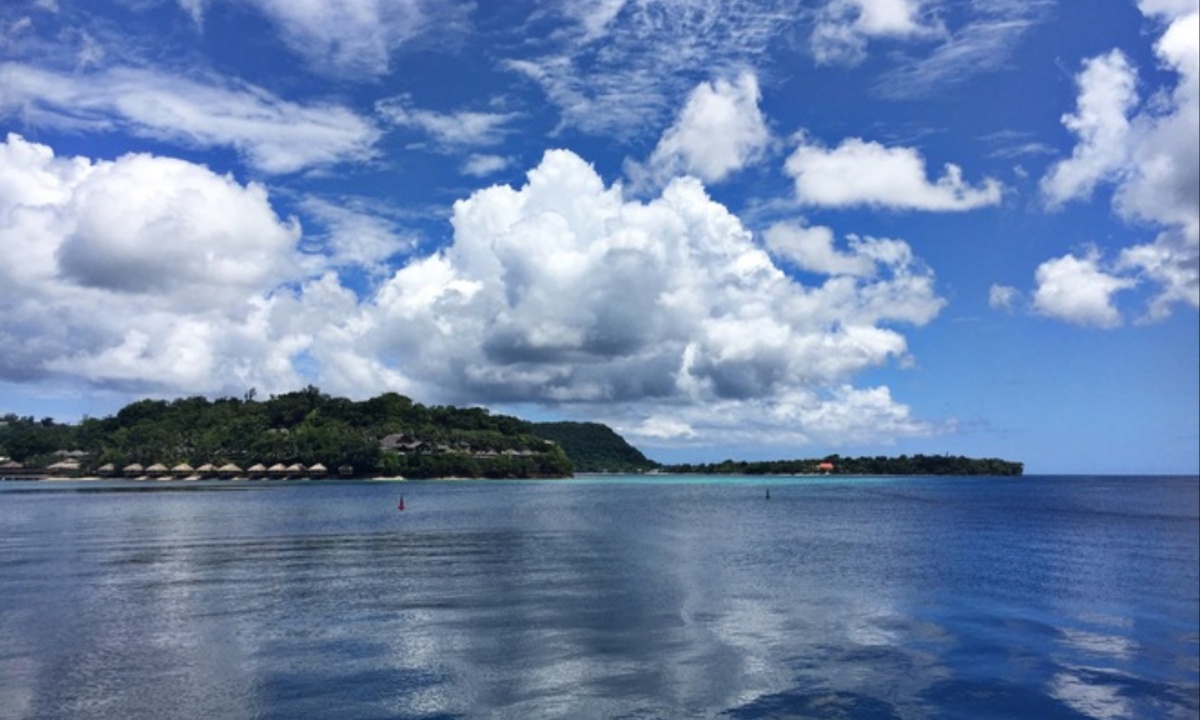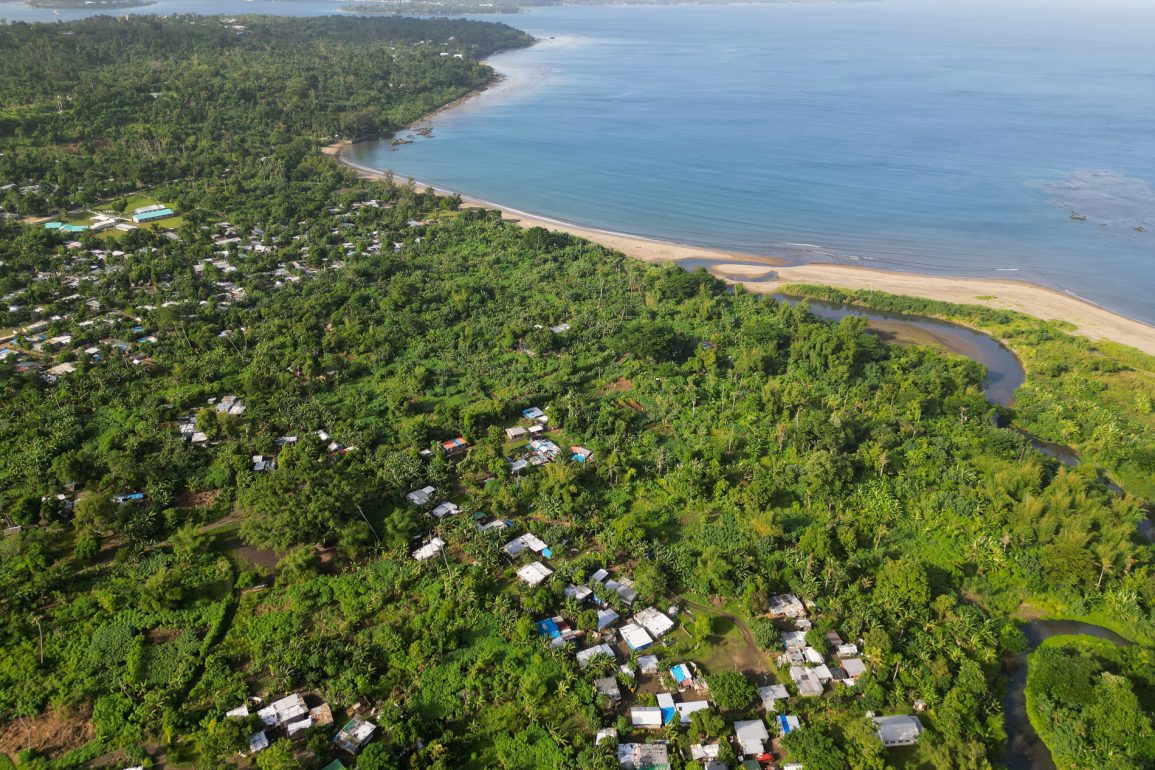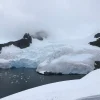Damien Hophand, a church pastor on the island of Malekula in Vanuatu, has noticed a disturbing change in his community’s water supply. The wells, which once provided fresh water, are now contaminated with saltwater, making the water unsuitable for drinking. This issue is becoming more common across Vanuatu, where many communities rely on wells to supplement their piped water supply.
The rising sea levels, driven by the climate crisis, are causing seawater to seep into groundwater sources on low-lying islands, endangering the health of local populations.
In other parts of Vanuatu, such as the island of Moso, residents are experiencing similar challenges. Market seller Rita Vano notes the visible encroachment of seawater into her village, exacerbated by the lack of protective mangroves. The southwest Pacific, including Vanuatu, is seeing sea levels rise faster than anywhere else in the world, at about 4mm per year.
This phenomenon, known as saltwater intrusion, is a growing threat to the region’s groundwater, according to experts like Tim Foster from the University of Technology Sydney, who has found increasing salinity levels in water sources across the islands.

On the island of Efate, home to the capital, Port Vila, rising tides are causing rivers to overflow onto roads and infiltrate wells. Researchers, like Daisy Unguna and Dr. Krishna Kumar Kotra, are studying the worsening groundwater salinity, which is also being exacerbated by overpumping.
As the population grows, the demand for groundwater increases, pulling more saltwater into coastal aquifers. This situation is compounded by the limited availability of desalination technology and the reliance on rainwater, which can be unreliable and contaminated during dry spells.
For communities like Vano’s, which depend on a few water tanks, managing water consumption becomes increasingly difficult during long dry seasons. When tanks run dry, residents are forced to use well water, despite its salty taste and the risk of contamination.
Boiling the water helps, but children often drink it straight from the well, increasing the risk of waterborne diseases. This is a significant concern in Vanuatu, where a drought combined with saltwater intrusion could force communities to relocate.
The threat of displacement due to worsening water conditions is very real in Vanuatu. The government is already planning to relocate dozens of coastal communities in the coming years as part of its response to the climate crisis. Small island developing states like Vanuatu are particularly vulnerable to such threats, with dry spells and contaminated rainwater further complicating the situation.
Contaminated water often carries E. coli bacteria, leading to common waterborne diseases that are a leading cause of death among children under five in the country.
Efforts are underway by organizations like UNICEF and World Vision to work with the Vanuatu government to secure safe drinking water for affected communities. However, for residents like Hophand in Unua, the situation is dire. Villagers are increasingly forced to walk long distances uphill in search of safe drinking water, highlighting the urgent need for sustainable solutions to this growing crisis.

